
Two years ago when I planted black hollyhocks, specifically for dyeing yarn, I learned hollyhock stalks and leaves, as well as iris leaves, are among the best plant matter for making homemade paper.
I immediately bought an Arnold Grummer Pour Handmold for Paper Making (and later learned it would be cheaper to make a mold, frame and deckle using inexpensive picture frames and window screen), but with autumn photos and an early home snowfall that leveled my garden, I never got around to collecting organic matter for paper-making until this summer.
Hundreds of volunteer hollyhocks were popping up all over the place. I mean hundreds!

One Saturday, I pulled all the seedlings that weren't where I planted them and made my first batch of paper.
Boy, what they say about this being a messy process was so true!
That said, papermaking also was fun. My first sheet of hollyhock paper was a disaster. I think I threw out the pulp and used the cellulose. There wasn't enough fiber to form the paper, and all the beautiful green went right through my screen. No photos because my hands were way too mess; sorry.
Second sheet came out better but did not fill the mold, so the edges were ragged, which actually gave the paper a very attractive appearance, in my opinion. I included a few gorgeous blue flax and lobelia petals in this sheet, and the blue held. !!!!! I planned to do this more often when making decorative paper!

Third sheet was too thick but filled the mold and came out well. For this sheet, I sprinkled in a few Cupid's Dart petals because that was what was most prolific in my garden at the time. The gorgeous shade of purple turned olive green, tan and brown during the drying process, so I won't use Cupid's Dart flowers again, but I do like the way the paper looks.
I also tried sprinklings of blue bachelor button petals. The beautiful cornflower blue held.

I got too anxious to see the paper and removed it from my felt drying station too soon. The paper warped pretty severely as it dried.
No problem! I sprayed the paper lightly with distilled water, put it back in the felts and stacked quilting magazines on top to flatten the sheets (with plastic grocery bags protecting the magazines, of course). I impatiently waited two days, and most of the curvature was flattened!
Warning: Too much moisture can ruin your magazines if you try what I did without some kind of waterproofing!

The color of the hollyhock pulp was so gorgeous, I decided to use the rest of that first batch of drained-off cellulose to dye a couple of hanks of cotton yarn mordanted with alum and cream of tartar. Of course, the yarn didn't turn out gorgeous green, and one hank didn't take at all. I soaked the more pastel yellow yarn in last year's avocado pit concoction (ground pits and a glug of ammonia), which had been soaking and solar heating for more than a year. The resulting yellow in the hollyhock hank is so beautiful, it got me back in the mood to natural dye again! I'm pretty happy with the peachy tone I got from overdyeing the pastel yellow with avocado pits, and the plain avocado pit yarn is exceptional!

hollyhock leaf-dyed yarn

year-old avocado pit dye

hollyhock leaf-dyed yarn and avocado pit-dyed yarn

sumac in my yard

sumac-dyed yarn
I'd become discouraged in 2014 when my luscious purple hollyhock cotton strips turned gray in a matter of months, even though they were not exposed to daylight. I like color that sticks, so I lost interest in natural dyeing until I began making homemade paper.

fresh hollyhock-dyed jellyroll

one year later
One of my lavender plants and two of my sage plants died unexpectedly during the summer. I boiled the plants, then ground them in the blender with a bit of cornstarch and a bit of scrap paper, and I had the best-smelling homemade paper in the world. Fit for a king!
Boiling the sage and lavender in our kitchen made our whole house smell heavenly. If I had enough lavender, I'd do that again every single week!

hollyhock paper, lavender sage paper, sumac paper and aspen leaf paper
I collected another pretzel barrel full of dried aspen leaves during one of our leaf trips this last October. I tried putting the most colorful leaves onto the paper, and a couple of them held their color.

aspen leaf paper
The end of the gardening season meant I had more plant matter for making paper. I pulled more volunteer hollyhocks and made seven more sheets of paper. This time, I included leftover aspen leaves, maple leaves from our yard, lobelia blossoms, cosmos blossoms, marigold blossoms, poppy blossoms and whole daisies from my garden.







My little six-year-old neighbor loves to help me make paper. She sacrificed an extra lap on a bicycle ride with her dad to help me finish up the last of the hollyhock batch. I let her pick one of my dahlias because we had an overnight frost in the forecast, so it would have died anyway. She liked the red leaves in my backyard, too. With the remains of the hollyhock batch, she made a dahlia and maple sunflower on a circle of hollyhock paper pulp!
Two days later, my latest batch of hollyhock paper was dry, flat, and ready for mailing! My six-year-old neighbor is going to keep her paper. She likes it too much to send it away! She did, however, include these two pieces in a science project to show how leaves change color.







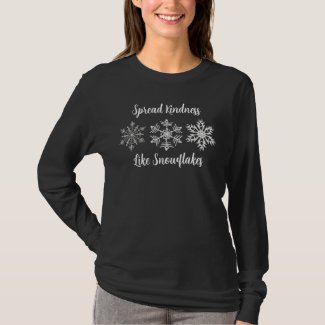
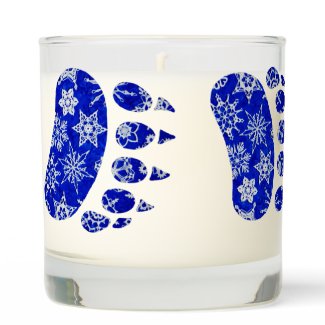
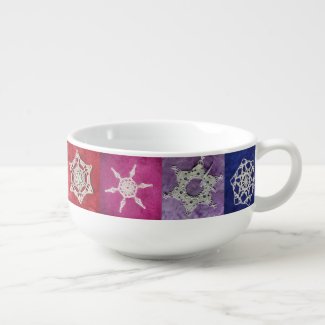

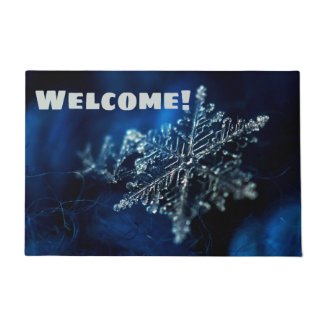

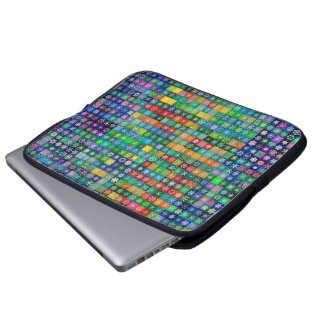
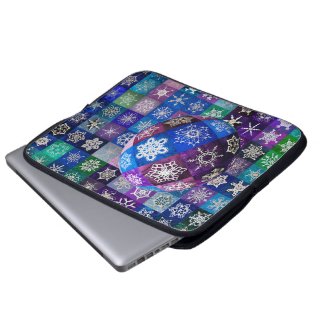















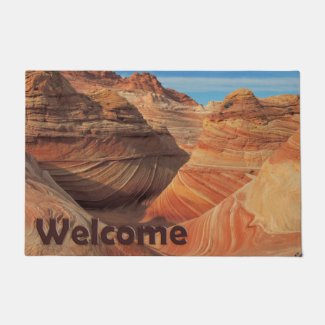
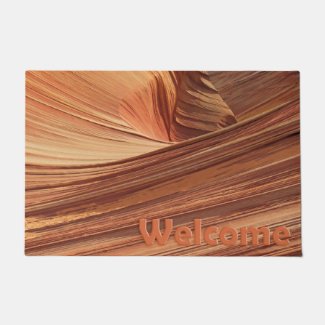

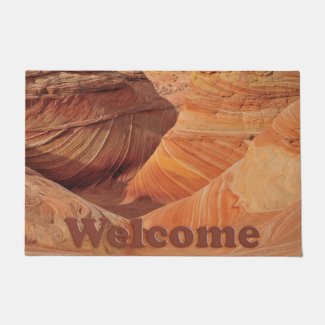
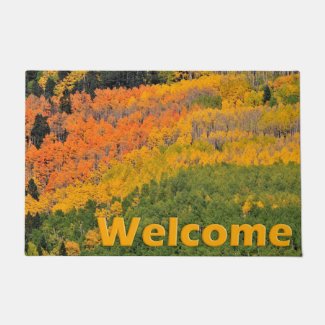
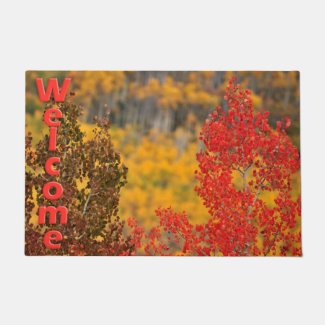
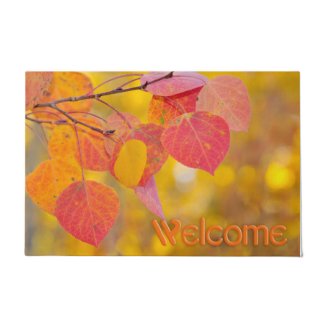
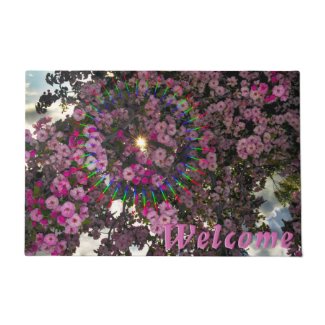
haha great use for her to use them in a science project. You sure don't let anything go to waste, always finding a use for everything at your sea. Even if you get a little antsy and yank them out too quick lol
ReplyDeleteYes, Pat! Perfectly timed for her science project!
DeleteI love that paper!!
ReplyDeleteThanks, Texas! Did you know I was born in Texas?!? Just another thing we have in common...
DeleteI did not know that =) I love going to visit other states but I have to come home to my Texas! LOL
Delete